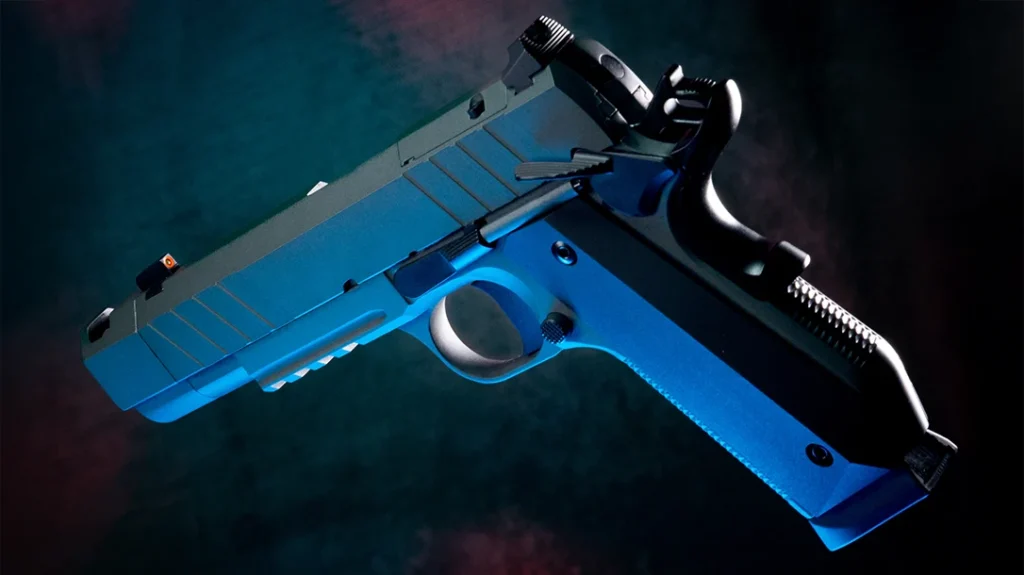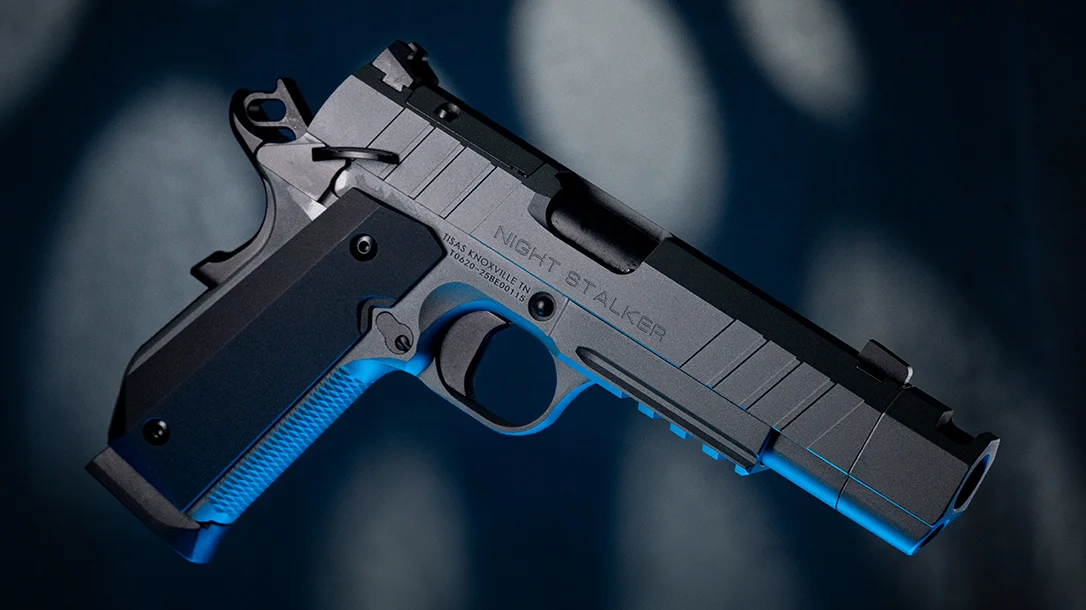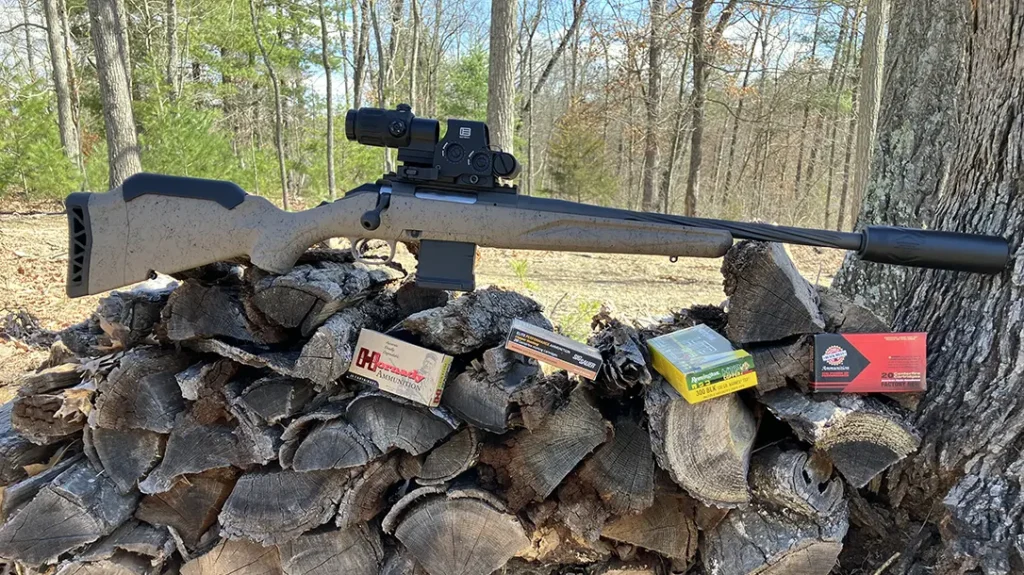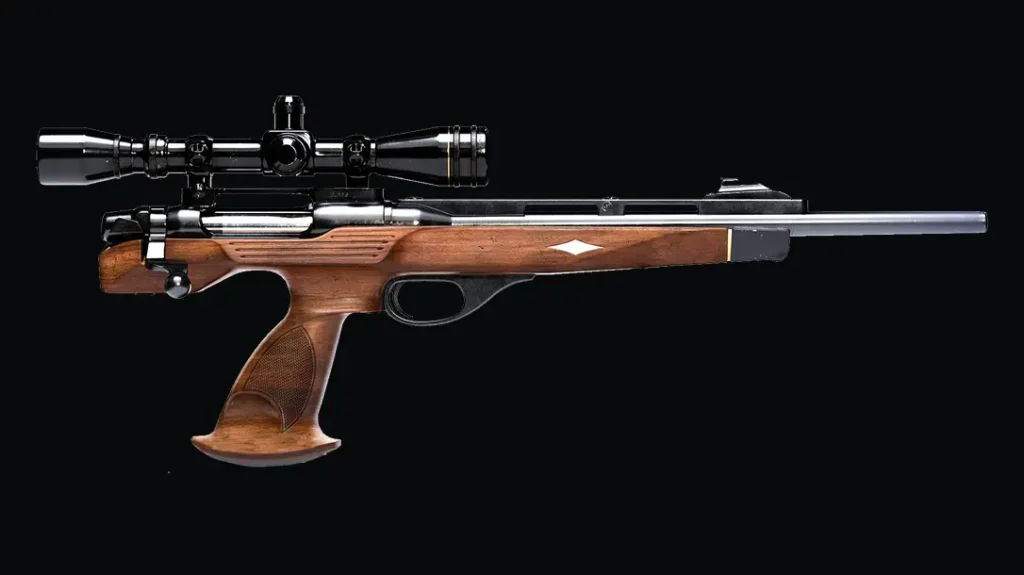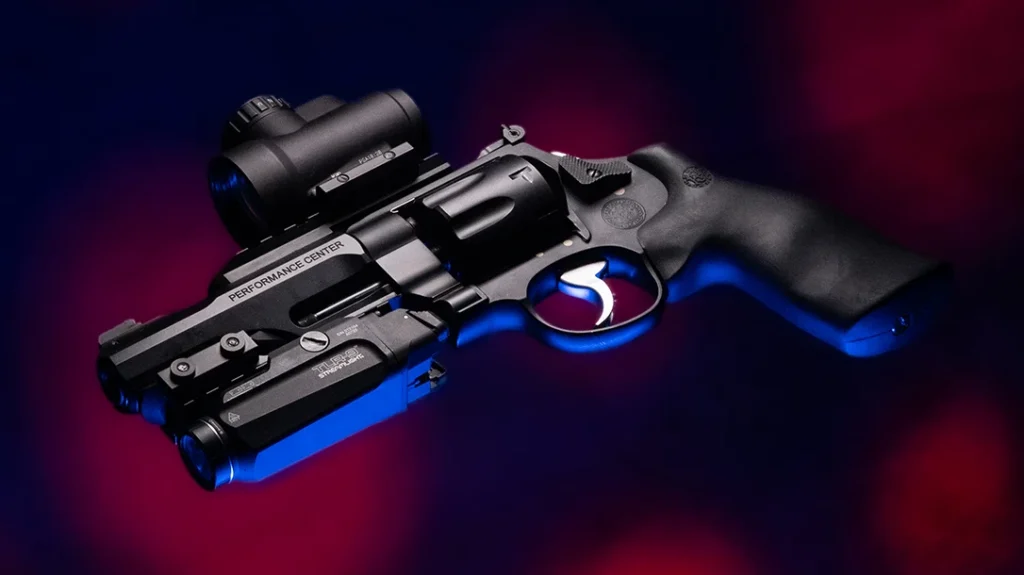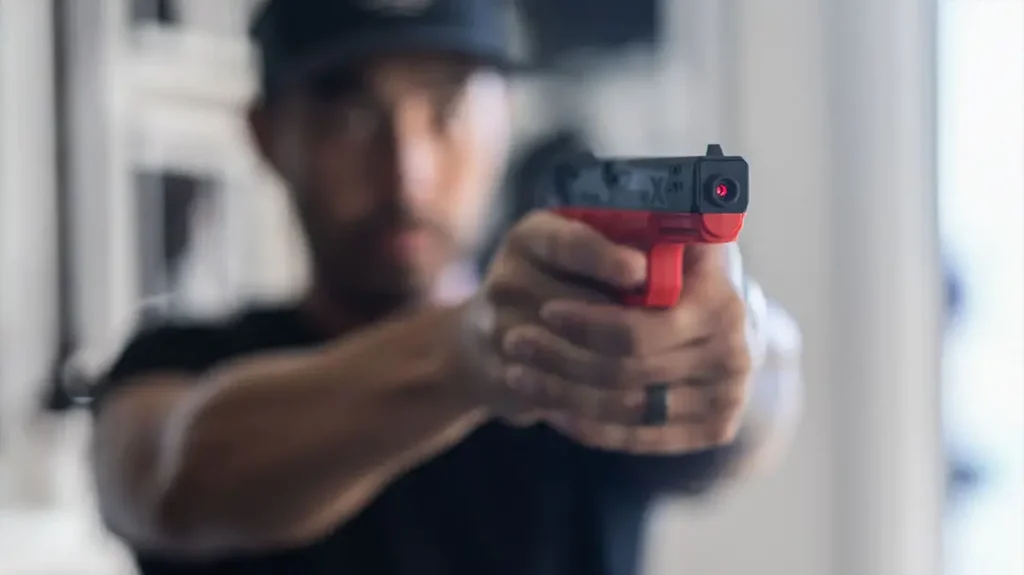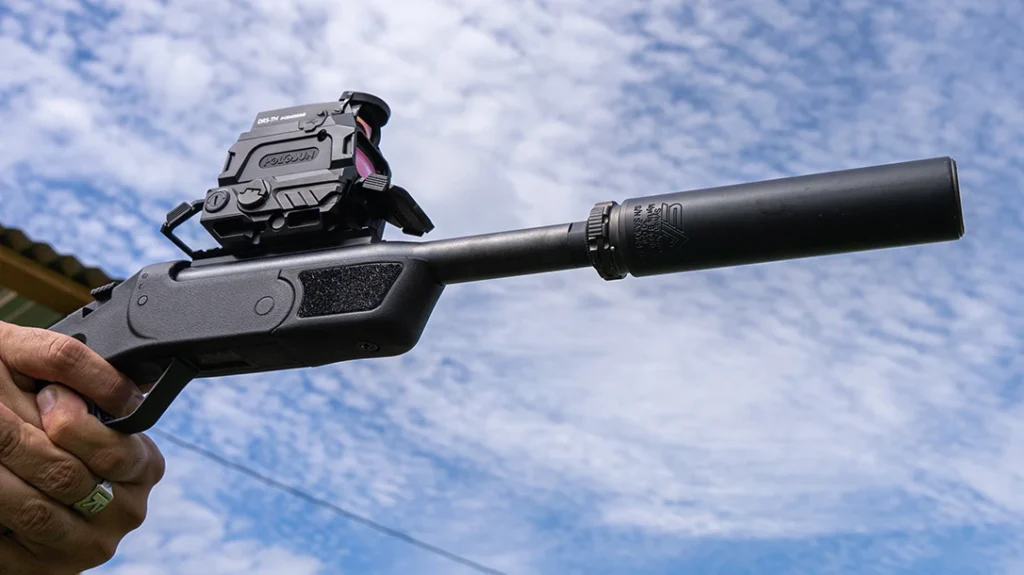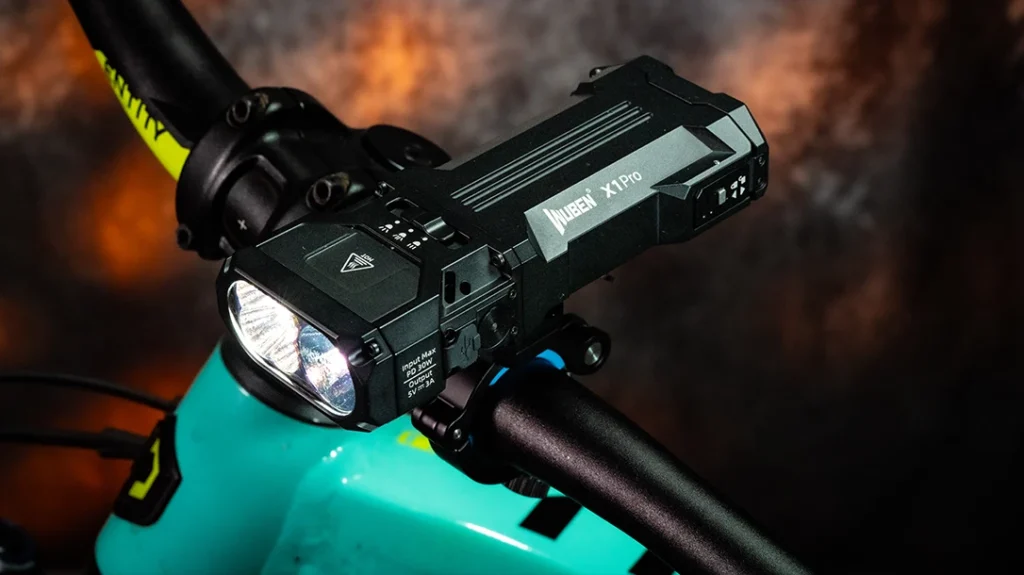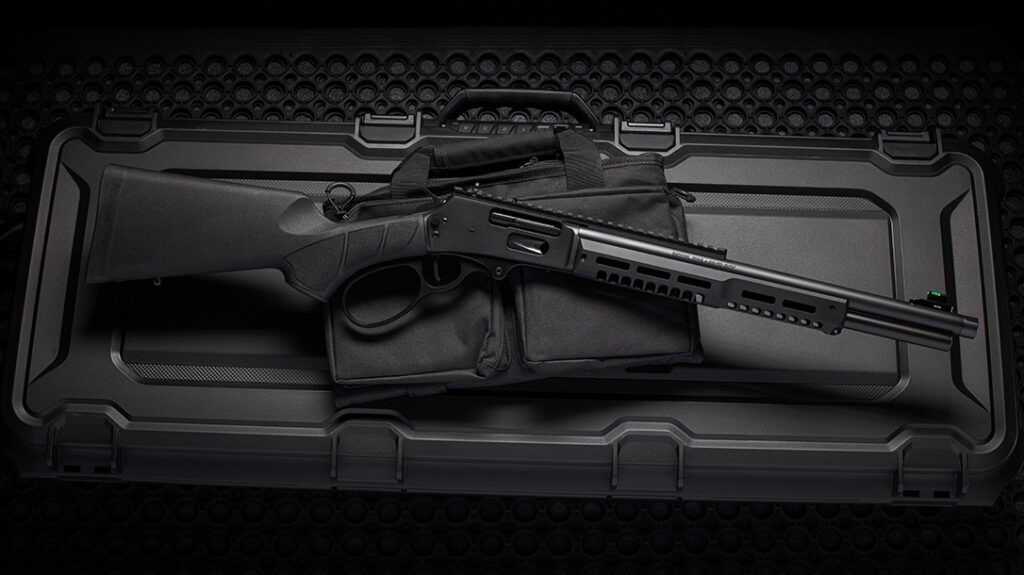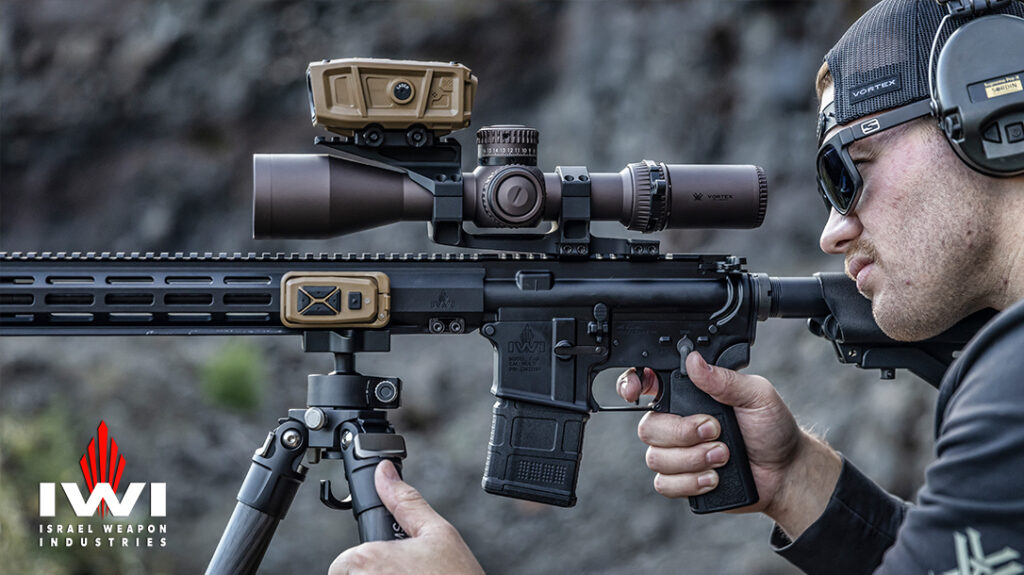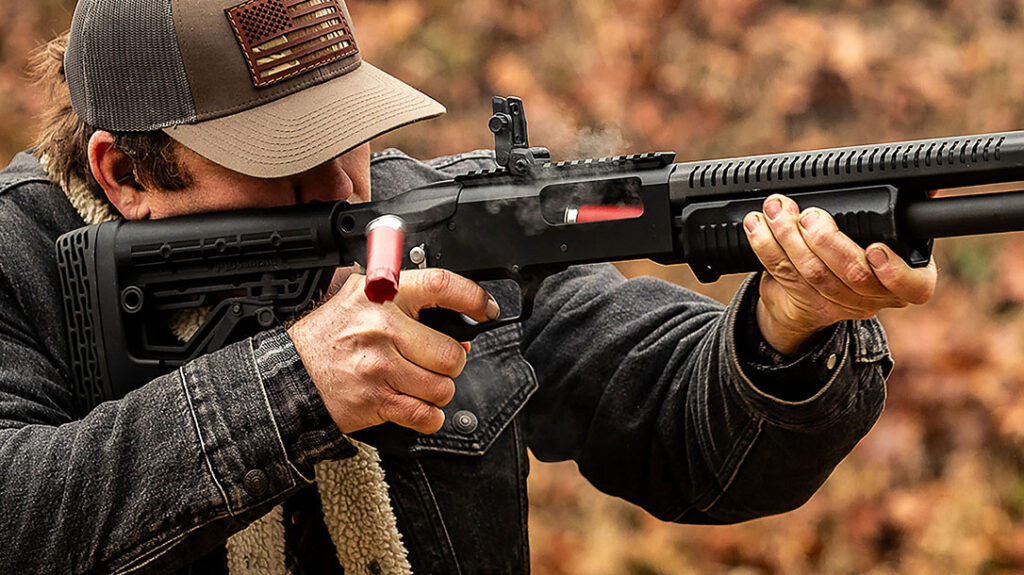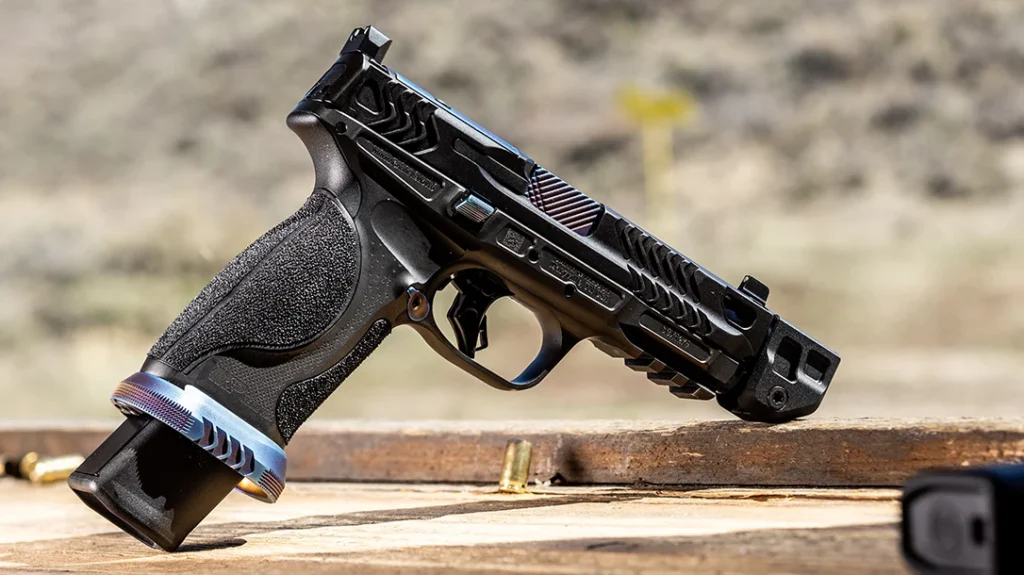There’s something about a modernized 1911 that still makes a shooter stop and look. In a market saturated with striker-fired plastic and optic-ready everything, the 1911 remains that stubborn, steel-framed icon that won’t quit—and maybe shouldn’t. For this reason, companies like Tisas show no sign of slowing down, offering 1911 models like the Night Stalker Comp.
The Tisas Night Stalker Comp
Tisas, a Turkish manufacturer that’s been steadily gaining traction in the U.S. market. The company’s new offering, the Night Stalker Comp, is a solid response to what today’s 1911 shooter wants. Specifically, heritage mechanics with updated features, a modern profile, and a price tag that doesn’t make your bank account recoil.
I’ve been running the Night Stalker Comp in .45 ACP. After rounds downrange and some time with it both on the bench and in the holster, I’ve come to this conclusion—it makes a hell of a case for itself.
Advertisement — Continue Reading Below
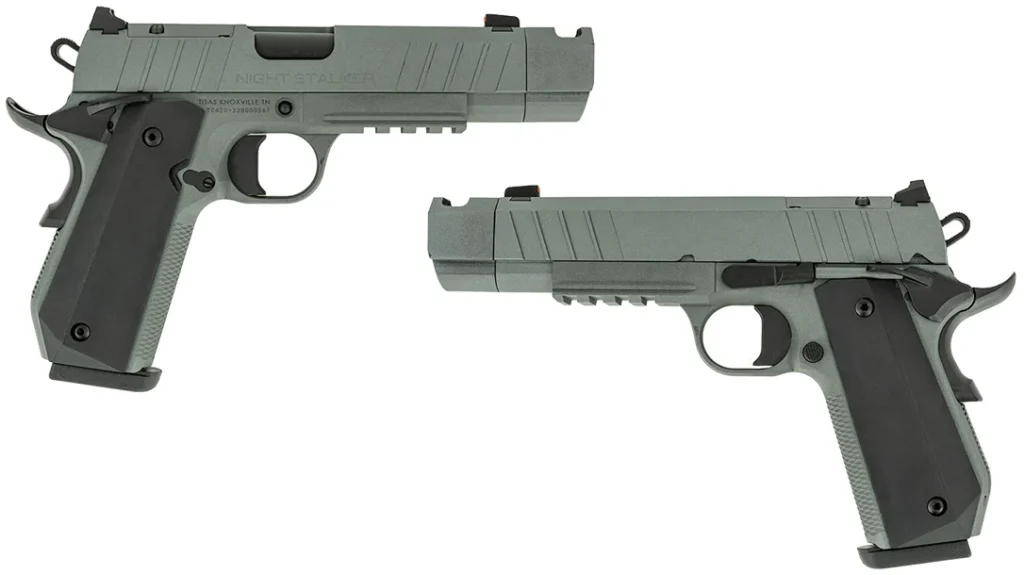
Looks and Layout
At a glance, the Night Stalker Comp doesn’t look like a bargain pistol—and that’s a good thing. It arrives dressed in a clean gray Cerakote finish that feels more premium than its sub-$800 price tag would suggest. It’s also available in 10mm, which will interest a different kind of shooter entirely. But for this review, I stuck with the classic .45.
The gun’s profile is long but not oversized. With the bushing-style compensator installed, it measures 8.8 inches, placing it right alongside most standard Government-length 1911s. Remove the comp and swap in the included bushing, and you’re looking at Commander length—clever.
Advertisement — Continue Reading Below
The ability to switch between comped and standard configurations on the fly gives this gun real versatility. It’s rare to see that kind of user-driven modularity baked into a factory pistol.
Aesthetically, the slide and frame have been treated with a surprising amount of care. The slide features tri-top cuts that remove weight and give it a sharp, angular presence. Likewise, the tri-cuts continue through the comp itself, giving the gun a unified, aggressive silhouette.
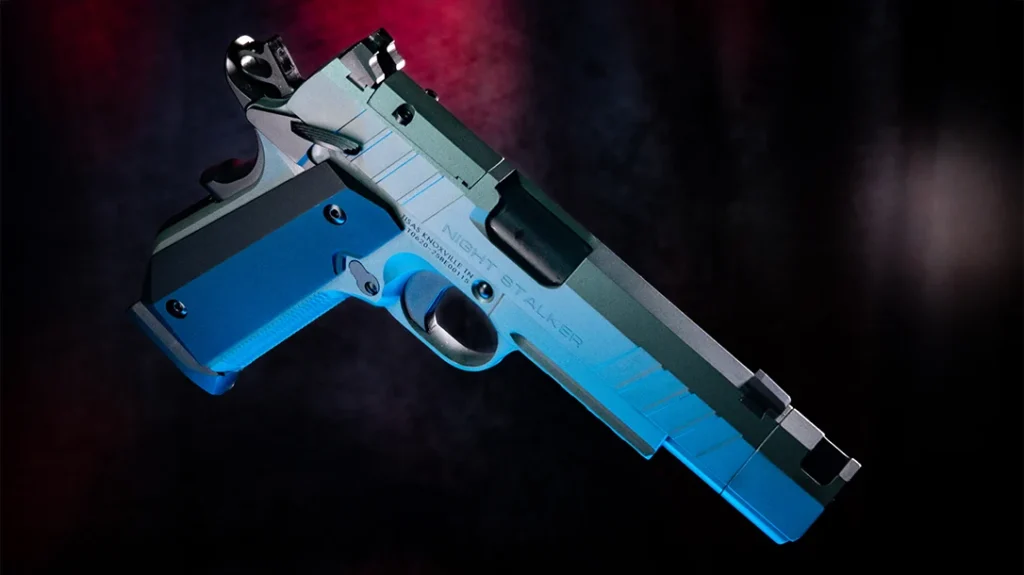
Advertisement — Continue Reading Below
The slide serrations are scalloped and tight, and the frame has a V-bob cut reminiscent of Ed Brown designs that helps it seat more naturally in the hand.
Tisas didn’t forget function. There’s a full-length Picatinny rail out front—I ran a Streamlight TLR-9, which ended almost flush with the comp. The grip texture is one of the more distinctive elements.
At SHOT Show 2025, I remember catching a glance at these loud, geometric grip panels and thinking, “Cool… but are they going to hurt?” Turns out, no. They offer a decent amount of traction without being uncomfortable. While some shooters might prefer to swap them for something more traditional or aggressive, I found them workable out of the box.
Advertisement — Continue Reading Below
Running Sights and Optics on the Night Stalker 1911
Out of the gate, the Night Stalker comes optic-ready with an RMS-c cut concealed under a slide plate. That part isn’t unusual, but what is nice is that removing the plate doesn’t disturb your rear sight. That means you can run suppressor-height irons without worrying about losing zero or dealing with reinstallation every time you change your setup.
I mounted a Meprolight Pro-S—one of my favorite enclosed emitters currently on the market. Mounting was simple, and the sight paired well with the platform.
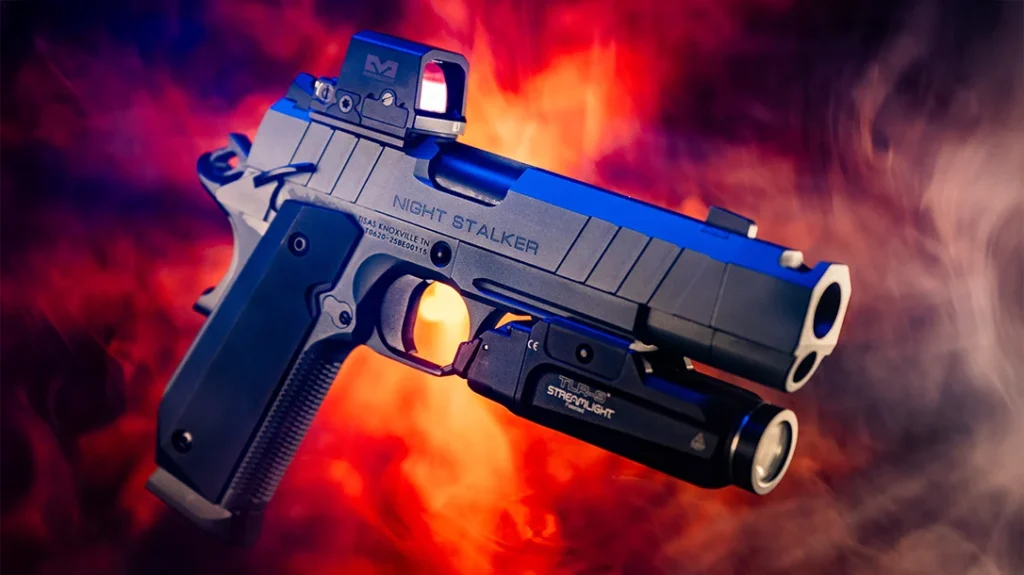
Advertisement — Continue Reading Below
The irons themselves are well thought out. A blacked-out U-notch rear pairs with an orange tritium front sight for fast acquisition without visual clutter. The rear uses a Glock dovetail, making aftermarket options abundant. The front dovetail (according to their website) is proprietary to Tisas, but it looks similar to other dovetail front sights on the market.
Tisas has other sight configurations available on its website.
1911 Performance and Shooting Experience
Tisas chose a series 70 design for the Night Stalker, which means no firing pin safety plunger. Instead, they mitigate drop discharge risk by using a titanium firing pin—a very clever workaround.
Advertisement — Continue Reading Below
Titanium is so light that, even if dropped muzzle-down, it doesn’t carry enough inertia to ignite a primer without a proper strike from the hammer. That gives you the crisper trigger of a series 70 gun with an extra measure of carry safety.
Speaking of the trigger—it’s good. Really good. Mine broke at 3 lbs, 12 oz, clean and consistent, with a nicely serrated U-profile on the face. It’s not quite a flat trigger, not fully curved—somewhere in between, and very comfortable to run.
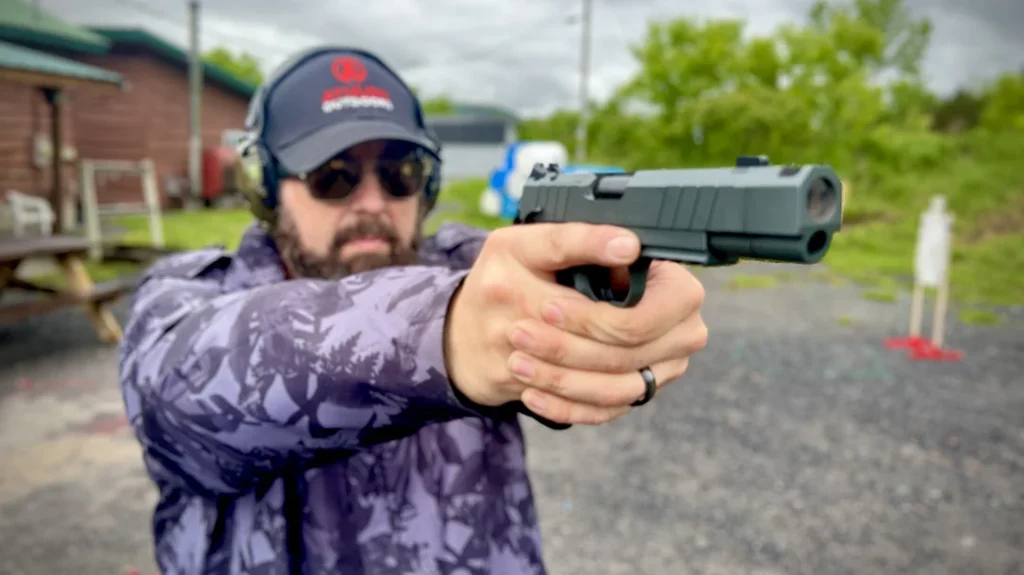
Advertisement — Continue Reading Below
My only wish? An overtravel stop. It’s a small thing. But with this level of quality already baked in, adding a stop would bring the break from good to great.
The recoil system is a classic plug-and-spring, with no full-length guide rod. While it functions great, I’d personally prefer the added smoothness, control, and easier cleaning that comes with a full-length rod. Swapping between the comp and the standard bushing would also be faster with a rod system in place.
Feeding the Night Stalker
I tested the gun using a mix of Remington and HSM ammunition. Across 230-grain FMJ, JHP, and bonded hollow points, the Night Stalker ran without a single failure. It produced zero malfunctions, clean ejection, and lockback on empty with both of the included polished, blued 8-round magazines.
Advertisement — Continue Reading Below
HSM’s 230-grain XTP load produced a six-shot average velocity of 789.1 fps and tight groups under 2.5 inches at 35 feet. Remington UMC’s FMJ 230-grain load clocked 801.6 fps with ~3-inch groups.

But the real standout was Remington’s 230-grain bonded hollow point. It averaged 809.7 fps and produced some of the tightest groups of the day at just under 2.5 inches. All velocity data was gathered using my Garmin Xero Chronograph.
Running the gun both with and without the comp gave me the chance to evaluate its real-world effect. Bushing comps like this one aren’t radical, but they do work. The larger the bore, the better the gas management—and in .45 ACP, you really can feel the difference.
It tames muzzle rise without feeling over-engineered or gimmicky. Plus, it’s 50-state legal, which opens the door for a lot of shooters who otherwise wouldn’t be able to enjoy compensated handguns.
Small Parts, Big Impact
Controls on the Night Stalker are exactly what you’d hope for. The slide stop is extended, allowing easier engagement without needing to break your grip. The thumb safety has a large, positive ledge—easy to ride, easy to disengage, and secure when engaged.
Magazines locked in confidently and ejected cleanly, and the magwell opening was smooth enough to make reloads efficient, though it’s not a full-on flared funnel. Small parts on the Tisas are cross-compatible with Colt parts.
The package includes a hard case, cleaning rod, and basic cable lock. It’s nothing extravagant, but more than fair at this price point.
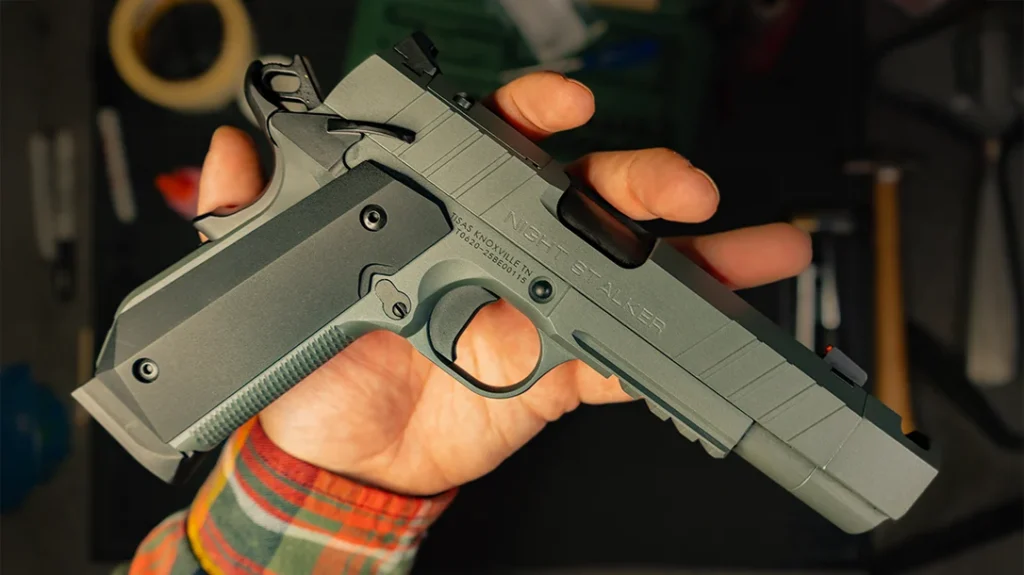
Areas for Improvement
Every gun has them, and the Night Stalker is no exception.
First, I’d love to see a full-length guide rod standard. It smooths out cycling, improves reliability over time, and simplifies cleaning and recoil spring swaps. Especially if you’re bouncing between the comp and bushing like I was.
Second, that overtravel stop I mentioned earlier. The trigger is already solid, but this tiny addition would give it the polish usually not found outside of custom builds.
Finally, this gun features an optic cut and rail, but the case has no room to accept any accessories on the gun. Adding some room for adaptations inside the case for these kinds of guns would make a lot of sense.

Final Verdict: The Night Stalker Comp Delivers Serious Value
Tisas continues to surprise me. The company isn’t just making budget clones—they’re making smart guns for smart shooters. The Night Stalker Comp is a prime example.
For shooters new to 1911s, this is an amazing way to get into the platform with modern options already onboard. For a seasoned shooter, it’s a project gun with bones worth building on.
The fact that this ships optic-ready, comp-capable, and tuned to run without a hiccup at under $800 makes it an absolute value leader. It’s not a race gun, and it’s not a traditionalist’s heirloom. But it wasn’t meant to be either. It’s a 1911 for today—and maybe tomorrow, too.
Shoot Safe.
